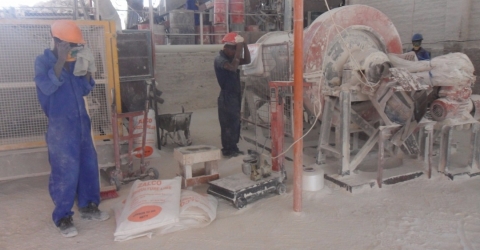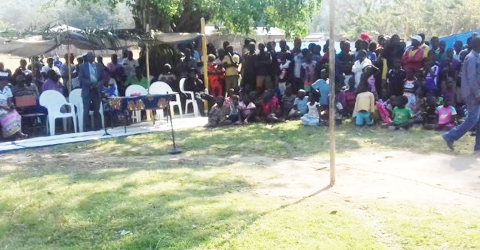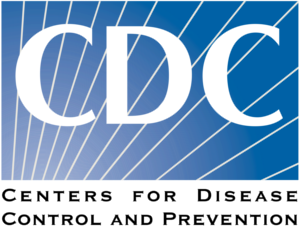
In 2016, the treatment outcome of TB patients was at 81 %, falling short of the 85% national target. The unfavourable outcomes were death, not evaluated patients and treatment failures. Peripheral facilities were the least performers. High staff turnover, reliance on frontline health workers and expansion of TB registration sites were some of the factors affecting performance in these facilities.
The program followed a multi pronged approach to address these challenges. Training was one of the key intervention. Training on clinical management, case detection and lab service were provided to health care workers. Xpert service was expanded to cover high risk and prioritized groups.
In addition to this, the program intensified on the mentorship and follow up supervision activity. The activity focused on the clinical management of patients, documentation and reporting. Resources were also available to trace interrupters and lost to follow up patients. Facilities were encouraged to review death of TB patient and identify actionable cause of deaths.
In quarter four of 2016, the treatment success rate for new and relapse Tuberculosis cases in project districts was at 81.7%. The treatment success rate increased to 86.5% by quarter 4 of 2017. This improvement can be attributed to the intensified capacity building interventions.
Since the Southern Africa Health System Strengthening project began in 2017, the heath system was strengthened through provision of X-ray, microscopes and more than 400 health workers have been trained on TB in project districts.







